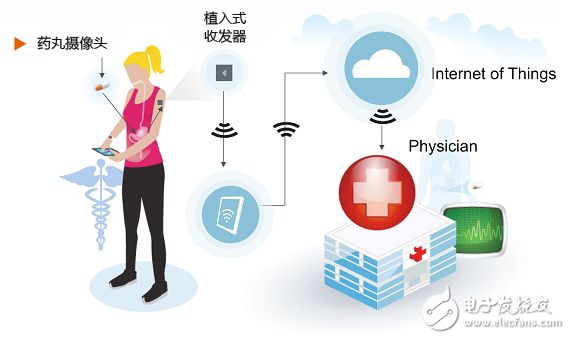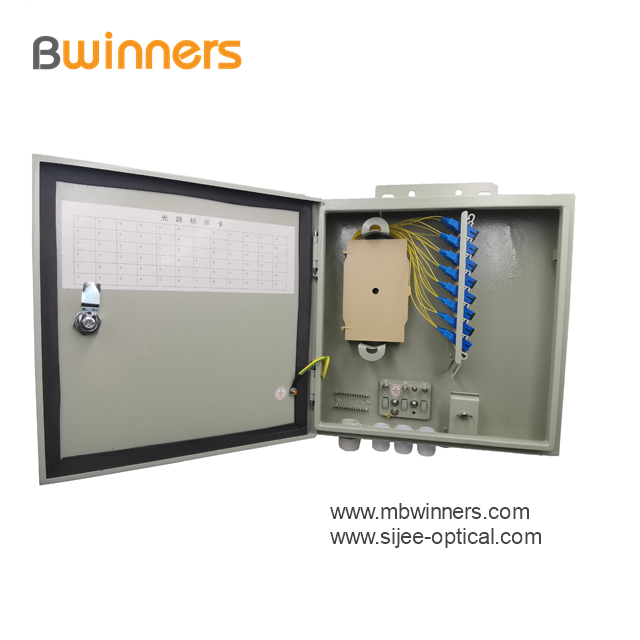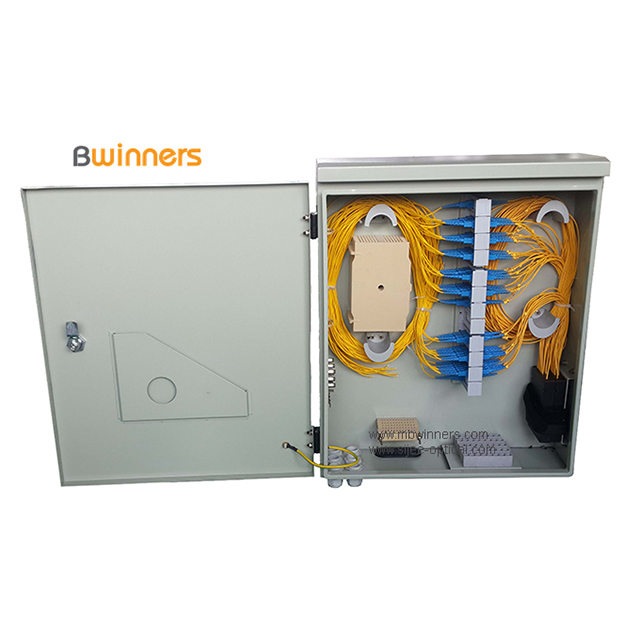Then subvert the frenzy, the Internet of Things and the medical double sword
In the Internet of Things (IoT), various terminal devices collect information and share it directly with other devices. With the cloud, new data streams can be collected, recorded, and analyzed more quickly and accurately, which brings many industries. A variety of possibilities, they can achieve a variety of interesting dreams: the car can sense wear and tear, and arrange maintenance operations on its own, the train can dynamically calculate and report the expected arrival time to the waiting passengers.
The healthcare sector is the industry that can benefit most from the development of the Internet of Things. The Internet of Things principle has been used to improve access to care, improve the quality of care, and most importantly, reduce medical costs. We are very pleased that Freescale's embedded technology is being widely used in telemedicine systems to provide healthcare services to people in remote areas, as well as to monitoring systems that provide a continuous and accurate flow of data to help people do better. Make medical decisions.
As the data collection, data analysis and data transmission technologies in the Internet of Things become more mature, we will see more exciting new IoT healthcare applications and systems.
Historically, there have been many predictions about how the Internet of Things dramatically reduces healthcare costs and improves the quality of healthcare to achieve innovation in this area, but at Freescale we see that this has been achieved. Wireless sensor-based systems are currently in operation, collecting patient medical data that was previously unavailable, and providing care to people who have not been able to receive care in the past. In this way, the Internet of Things-driven system can improve the accessibility and quality of care, thereby greatly reducing costs and improving people's health.
This article will delve into the role of the Internet of Things in the delivery of healthcare services, carefully study the technologies that enable them to be realized, and discuss the opportunities and challenges that the Internet of Things brings to the healthcare sector. First, we will introduce the Internet of Things. Although it is still a relatively new concept, its practical application in many industries is increasing.
These topics are of interest to Freescale, which develops and builds embedded technologies for all IoT-enabled healthcare systems, including:
• Sensors that collect patient data
• Microcontrollers that process, analyze, and transmit data wirelessly
• Microprocessors that support a rich graphical user interface
• A dedicated healthcare gateway that further analyzes sensor data and sends it to the cloud
First thing: understanding the Internet of Things
Currently, the IoT-related healthcare system is based on a basic definition: the Internet of Things is a network of devices; these devices are connected to each other through the Security Services Layer (SSL), which is connected to the central command and control server in the cloud. Capture and share important data information. First, let's take a look at what this means, and what it means for people to collect, record, and analyze data, not just in the healthcare industry, but in almost every industry today.
The term Internet of Things first appeared in 1999. Direct interconnection of devices is "a great idea." Some people claim that computers and the Internet currently rely almost exclusively on people for information. The problem is that people's time, energy, and precision are limited, that is, people can't capture the data of everything in the real world. The solution is to support the terminal device to collect information on its own without manual intervention.
In the Internet of Things, terminal devices are directly connected to data and interconnected with each other. Its emergence is very important for two reasons:
1. Advances in sensor and connectivity technologies enable end devices to collect, record, and analyze data that was not available in the past. In the healthcare sector, this means that people can collect patient data over time, achieve preventive care, support timely diagnosis of acute complications, and promote understanding of how certain treatments (usually pharmacological treatments) improve patients. Illness.
2. The terminal device can collect data by itself, eliminating the limitation of human input data. The terminal device can automatically acquire data in the way it needs when the doctor needs the data. This automation can reduce the risk of errors. In almost any industry, reducing errors means improving efficiency, reducing costs, and improving quality. However, this is especially important in the health care arena, and it is also at stake, because in the health care field, human error can mean the difference between life and death.
The Internet of Things has started in the healthcare field
The Internet of Things plays an important role in a variety of healthcare applications, managing chronic diseases on the one hand and preventing diseases on the other. The following example demonstrates the significant potential it has already played:

   ---------------------
   This article is selected from the Electronic Consumers Network September "Smart Medical Special" Change The World column, please indicate the source!
   Focus on wearable medical design secrets, design strategies worthy of your time reading!

Termination Box Outdoor Wall Mountable available FC/SC/ST/LC Adapter
Standard Wall Mount Enclosure is mainly used for connecting the indoor/outdoor optical cables, patch cords and pigtails. It can be wall mounted or pole mounted and provides various accessories to avoid any unexpected damage to the fiber.
This types of fiber termination box as distribution box, it is usually used in between wiring closets and equipment for fiber optic cable termination, use and management.
Note: This box does not come with any adapters and pigtails. If you need them, we can install them for you with few charges.
Features
Suitable for ribbon and bunchy fiber cables Fiber splice trays can be installed and changed easily Small dimension and exquisite and easy for operation Standard cell structure size, wall mounted patch panel Capacity: 12-144 ports Suitable for SC, FC, ST Simplex & LC Duplex
Specifications
Technology: Electrostatic spraying Material: SPCC or AL or customized Color: Milk White Compliant with ISO: 9001, RoHS, UL, Bellcore certification Atmosphere pressure: 70KPa~106KPaType: Single door open


Outdoor Fiber Optical Distribution Box(Metal)
Fiber Optic Box,FTTH Distribution Box,Fiber Terminal Box,Outdoor Fiber Optic Distribution Box
Sijee Optical Communication Technology Co.,Ltd , https://www.sijee-optical.com